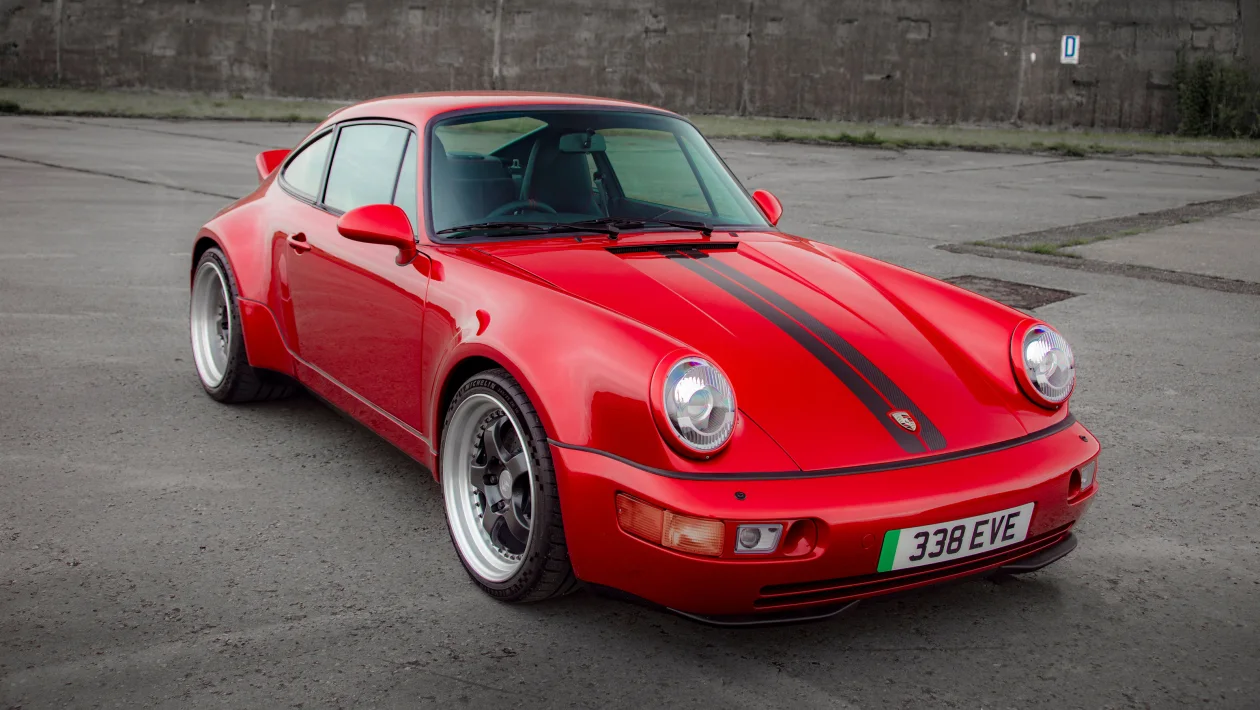Converting a classic Porsche 911 to electric power is an exciting yet challenging endeavor that attracts many automotive enthusiasts. While the benefits of electrification—such as reduced emissions, modern performan ce, and the ability to navigate low-emission zones—are appealing, the conversion process itself presents a variety of hurdles. Here’s what you can expect when embarking on this journey.
Understanding the Conversion Process
1. Technical Complexity
The conversion of a Porsche 911 from an internal combustion engine (ICE) to an electric vehicle (EV) involves significant technical expertise. It’s not merely a matter of swapping out the engine; the entire powertrain must be replaced with an electric motor, battery pack, and associated control systems. This requires a deep understanding of both the original vehicle’s mechanics and the new electric components.
2. Engineering Challenges
The weight distribution of the car will change dramatically with the addition of a battery pack, which can affect handling and performance. For instance, the Electrogenic conversion kits add approximately 220 pounds to the vehicle, shifting its weight balance from a 40:60 front-to-rear ratio to nearly 49:51, which can enhance traction but may also necessitate suspension upgrades to maintain optimal driving dynamics.
3. Space Limitations
Finding suitable space for the battery pack is another challenge. In classic models, the original engine bay and fuel tank areas must be repurposed, which can limit the size and placement of the battery. Most conversions utilize the front trunk (frunk) and under the rear seats for battery placement, but this requires careful planning to avoid compromising the car’s structural integrity and performance.
Financial Considerations
1. High Costs
The financial investment required for an EV conversion can be substantial. Costs typically range from $30,000 to over $120,000, depending on the complexity of the conversion and the quality of the components used. For example, a complete conversion kit from Electrogenic can cost around £75,000 (approximately $100,000), not including the price of the donor car. This investment may not be feasible for all enthusiasts, especially considering the potential for additional customization that can drive costs even higher.
2. Potential for Customization
While the base conversion kits offer a solid foundation, many owners opt for additional customizations, such as enhanced battery capacity, upgraded motors, and bespoke control systems. This level of personalization can significantly increase the overall cost but also allows owners to tailor the vehicle to their specific performance and aesthetic preferences.
Maintaining the Car’s Essence
1. Preserving Heritage
One of the most significant challenges faced by those converting classic cars is the balance between modernization and preservation. Many purists argue that converting a classic 911 compromises its original character and driving experience. The visceral sound and feel of a traditional flat-six engine are integral to the 911’s identity, and replacing it with an electric motor can feel like losing a piece of automotive history.
2. Regulatory Compliance
As cities implement stricter emissions regulations, converting to electric power can provide a solution for classic car owners who wish to keep their vehicles roadworthy. EV conversions allow these cars to comply with modern environmental standards, granting access to urban areas that may otherwise be restricted due to emissions concerns. However, navigating the regulatory landscape for vehicle modifications can be daunting, requiring thorough research and potentially additional inspections or certifications.
Conclusion
Converting a classic Porsche 911 to electric power is a multifaceted project that presents both exciting opportunities and significant challenges. From the technical complexities and financial implications to the delicate balance of preserving the car’s heritage, enthusiasts must carefully consider their approach. As technology continues to advance and the demand for sustainable vehicles grows, the trend of electrifying classic cars is likely to expand, offering a new lease on life for these iconic vehicles while embracing the future of automotive technology.

